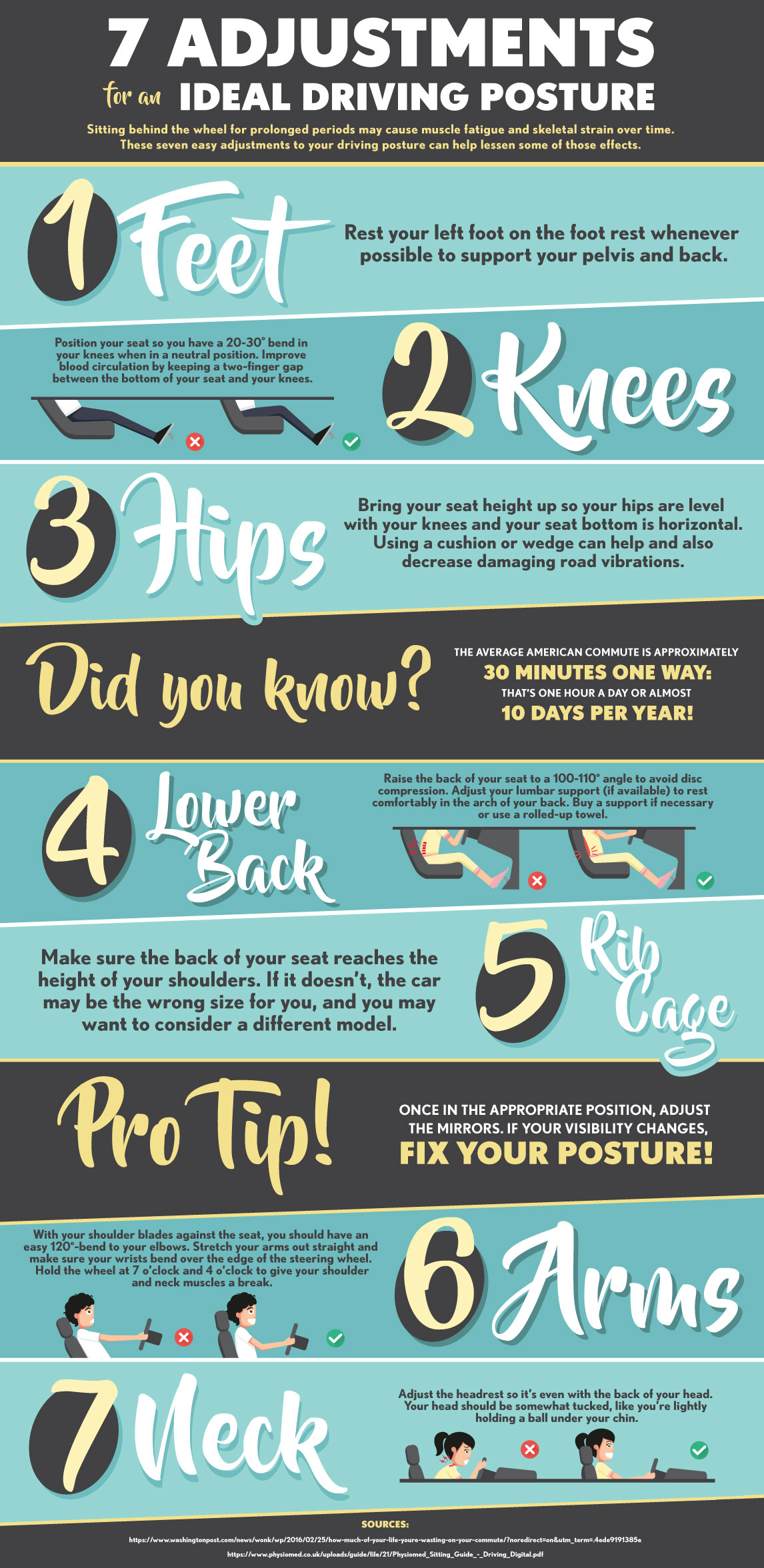Can Cold Laser Treatment Address Your Discomfort Relief Demands?
Can Cold Laser Treatment Address Your Discomfort Relief Demands?
Blog Article
Article Developed By-
If you're battling with chronic pain, you might be searching for reliable alleviation options. Cold laser therapy has become a non-invasive treatment that can potentially help reduce swelling and promote recovery. Nonetheless, it's important to understand how this treatment functions and what advantages it might provide. Before you determine if it's the ideal suitable for your requirements, there are a number of factors to consider to consider. Allow's explore what you should understand about this strategy.
Understanding Cold Laser Treatment: Exactly How It Works
When you consider pain relief alternatives, cold laser therapy attracts attention for its non-invasive approach.
This ingenious treatment uses low-level lasers to penetrate the skin, targeting damaged cells without damaging them. The process stimulates cellular task, promoting recovery and minimizing inflammation.
You'll notice that the lasers emit particular wavelengths of light, which your cells take in, enhancing their power manufacturing. This can cause faster recovery times and discomfort alleviation.
Unlike traditional approaches, cold laser treatment doesn't rely on medicines or surgical treatment, making it appealing for many.
As you discover this alternative, bear in mind that it's vital to consult with a health care specialist who understands your certain needs and can lead you via the procedure efficiently.
Prospective Advantages of Cold Laser Treatment for Discomfort Relief
Cold laser therapy supplies a range of potential advantages for pain relief, specifically for those looking for options to typical therapies. https://chronic-knee-pain42087.tokka-blog.com/34685737/the-advancement-of-recovery-insights-right-into-state-of-the-art-laser-treatment -invasive technique can help reduce swelling, promote healing, and alleviate persistent discomfort without the adverse effects generally related to medicines.
You may locate that it improves cells repair and promotes cellular function, causing much faster healing from injuries. Many people report improved movement and lowered discomfort after sessions.
Additionally, cold laser therapy can be customized to target certain locations, making it versatile for different problems. https://www.healthline.com/health/body-modification/blister-from-tattoo-removal 's additionally painless and calls for no downtime, allowing you to proceed your day-to-day activities without interruption.
Inevitably, this treatment can be a useful device in your pain monitoring collection.
Considerations and Limitations Prior To Starting Therapy
While cold laser therapy provides various advantages for discomfort alleviation, it is necessary to think about particular aspects before starting therapy.
First, consult your healthcare provider to ensure this treatment is suitable for your condition. Not everybody reacts the same way, and some individuals may experience marginal results.
Furthermore, consider the variety of sessions called for; continuous treatments may be needed for lasting relief, which could influence your routine and spending plan.
It's likewise vital to recognize that cold laser treatment shouldn't replace traditional clinical therapies yet can complement them.
Finally, ask about the expert's experience and credentials to guarantee you're receiving efficient treatment.
Consider hair restoration to make an educated decision about your discomfort management trip.
Conclusion
To conclude, cold laser treatment could be a valuable enhancement to your pain relief approach. By promoting healing and decreasing swelling, it supplies a non-invasive alternative worth thinking about. However, it's vital to consult your doctor to guarantee it's right for your particular situation. While it might not change traditional therapies, it can enhance your general pain monitoring. So, if you're seeking options, cold laser therapy may simply be the response you have actually been seeking.
